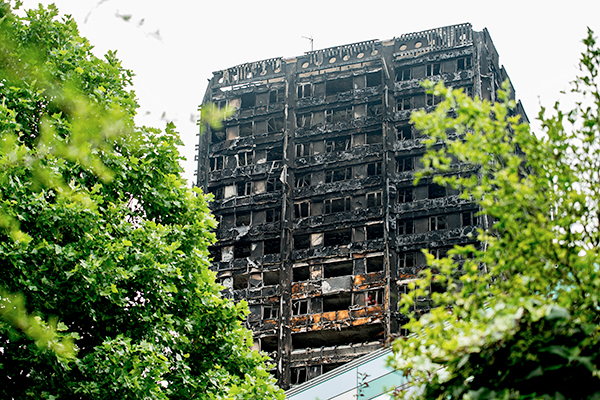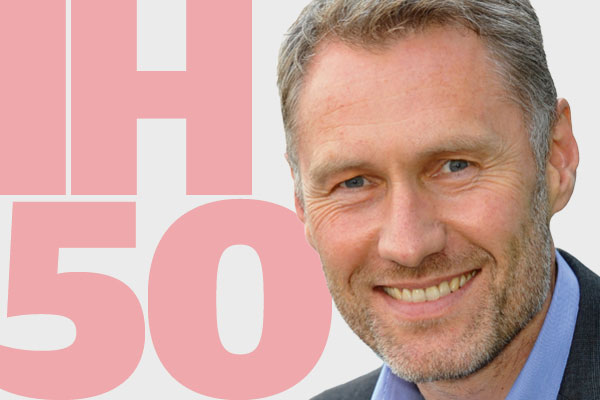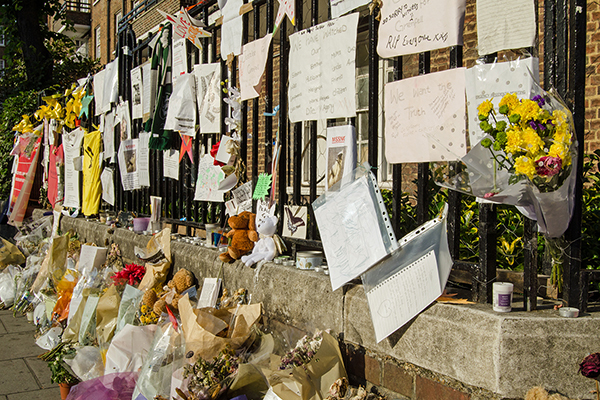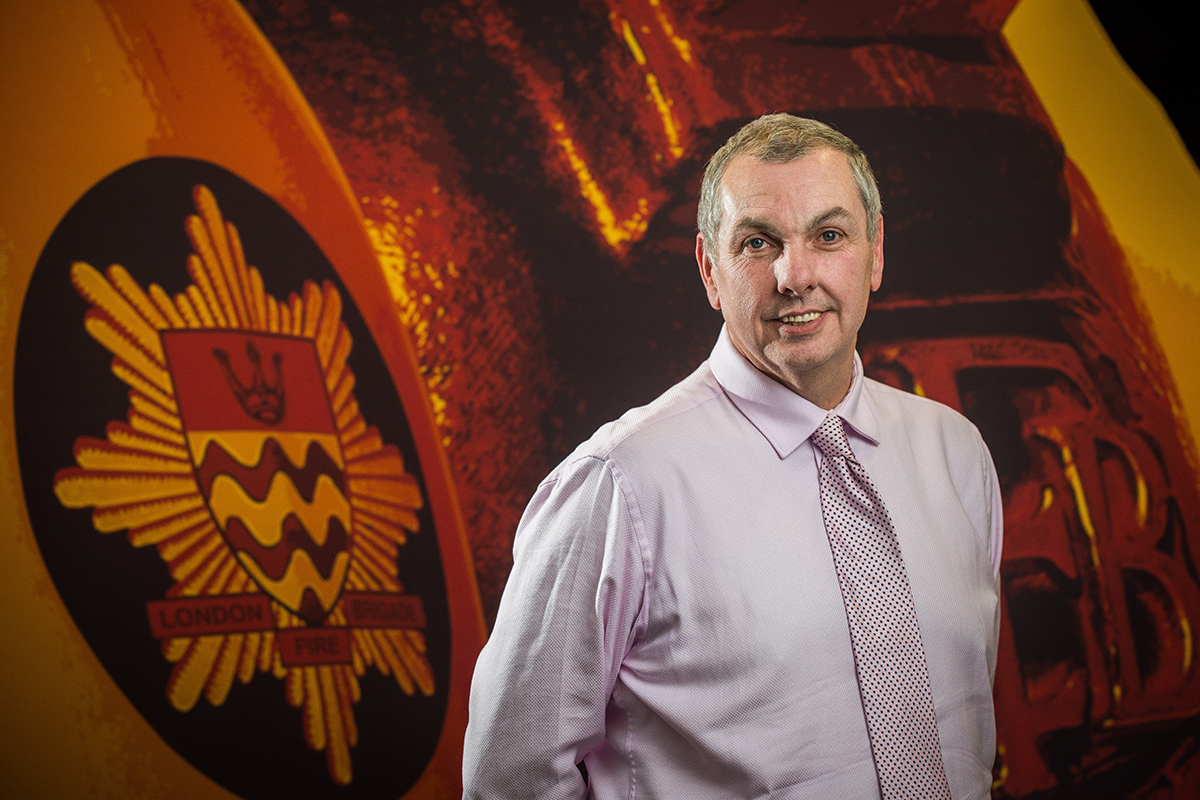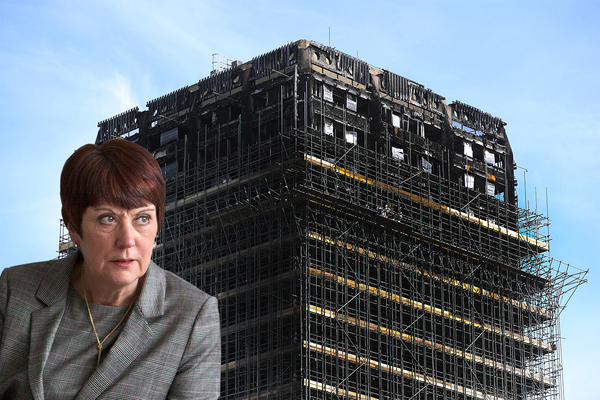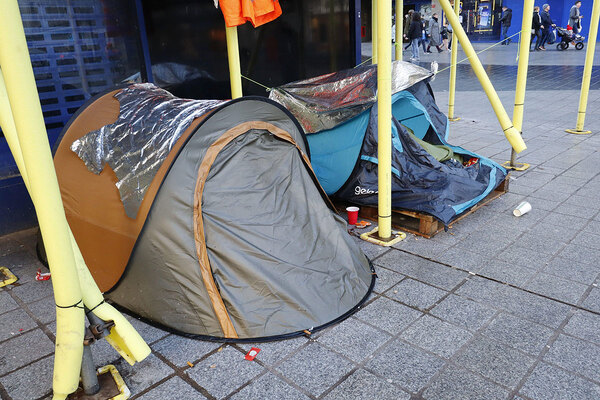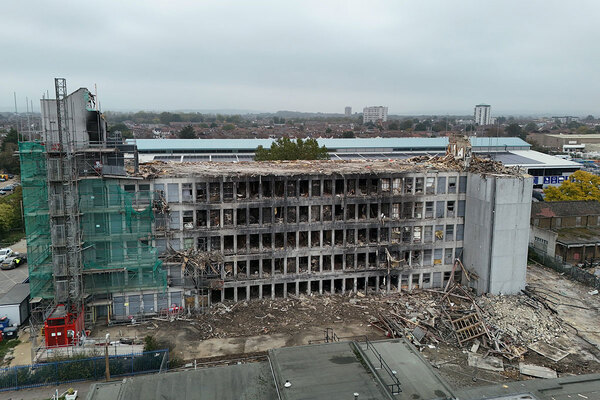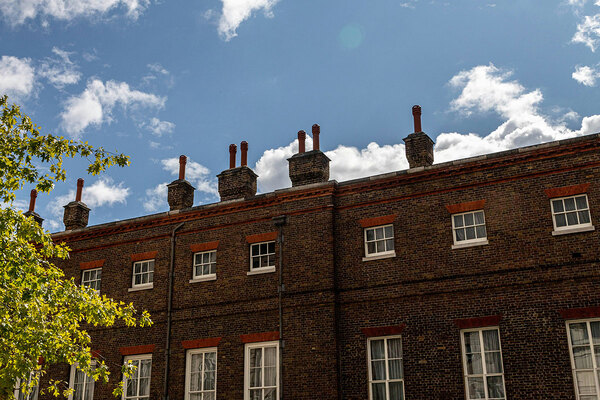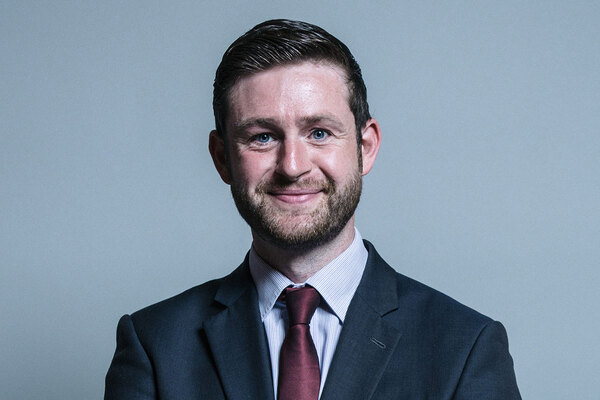You are viewing 1 of your 1 free articles
Families of Grenfell victims share tributes as inquiry opens
The families of six of the victims of the Grenfell Tower fire shared moving tributes to their loved ones today as the Grenfell Inquiry hearings began.
At the Millennium Gloucester Hotel in Kensington, less than three miles from Grenfell Tower, the families of six victims of the fire fought back tears as they shared memories of those they had lost.
The hearings began with a silence in the room to mark the 72 people who died.
Opening proceedings Sir Martin Moore-Bick, chair of the inquiry, said: “Although what we shall hear and see over the coming days may be described as memorials, they are in truth much more than that. They are an integral part of the evidence before the inquiry.
“They will remind us of its fundamental purpose and the reason why it is so important that the truth be laid bare. Only by achieving that goal can we ensure justice for the living and a lasting tribute to the dead.”
The father of Logan Gomes, who was stillborn as a result of the fire, was the first to give evidence. He told the hearing: “I held my son in my arms, hoping it was all a bad dream, wishing and praying for a miracle… that he would open his eyes and make a sound. As we know, that never happened”.
Mr Gomes told of how his wife and daughters were in comas following the fire, with him left to cope with his son’s death alone. Logan’s expected birth date was 21 August 2017, but he was stillborn on 14 June.
He said the family had already planned which football teams Logan would support, with some good-natured bickering over which to choose. Eventually they settled on Benfica in Portugal and Liverpool in the UK.
“Everyone was so happy that Logan was going to be born… my wife was glowing with happiness,” he told the hearing. His whole family cried, Mr Gomes said, when they found out they were having a baby boy.
Mr Gomes praised the strength of his family, telling the hearing, “You don’t know what you’re made of until you’re broken”.
In a second tribute the family of Denis Murphy said he was born with a “twinkle in his eye” that stayed with him throughout his life.
He was a huge sports fan and a passionate supporter of Chelsea Football Club. His three biggest loves were his family, friends and Chelsea FC but “not always in that order”, his sister, Anne-Marie Murphy, joked. He played Sunday League football for many years.
His sister said he acted as a father figure to her and the rest of the family because their dad was not around. He worked as a painter and decorator until he had to stop because of health problems.
His sister said he was a “hero” who was “the linchpin of our family”. She praised his “warmth, wit, cheeky smile and love of life”.
On the night of the fire he spoke to his family at 2.32am, who reassured him they were on their way to find him, “never imagining we would never get to see or speak to him ever again”.
The only possessions left of Denis’s from the fire that the family have is a handful of coins, which his sister said was “so poignant” because “he would give the last remaining money in his pockets” to anyone who needed help.
Mohamed Amied Neda, also known as Saber to his family, was remembered by his brother, son and wife as a man of “deep integrity and fairness” who got on with everyone he met.
A high-ranking solider in the Afghanistan army, Saber and his wife left the country when they were told their lives were in danger from the Taliban. They moved into their flat on the top floor of Grenfell Tower and lived there for 18 years with their son, Farhad (continues below)
Never Again campaign
In the days following the Grenfell Tower fire on 14 June 2017, Inside Housing launched the Never Again campaign to call for immediate action to implement the learning from the Lakanal House fire, and a commitment to act – without delay – on learning from the Grenfell Tower tragedy as it becomes available.
One year on, we have extended the campaign asks in the light of information that has emerged since.
Here are our updated asks:
GOVERNMENT
- Act on the recommendations from Dame Judith Hackitt’s review of building regulations to tower blocks of 18m and higher. Commit to producing a timetable for implementation by autumn 2018, setting out how recommendations that don’t require legislative change can be taken forward without delay
- Follow through on commitments to fully ban combustible materials on high-rise buildings
- Unequivocally ban desktop studies
- Review recommendations and advice given to ministers after the Lakanal House fire and implement necessary changes
- Publish details of all tower blocks with dangerous cladding, insulation and/or external panels and commit to a timeline for remedial works. Provide necessary guidance to landlords to ensure that removal work can begin on all affected private and social residential blocks by the end of 2018. Complete quarterly follow-up checks to ensure that remedial work is completed to the required standard. Checks should not cease until all work is completed.
- Stand by the prime minister’s commitment to fully fund the removal of dangerous cladding
- Fund the retrofitting of sprinkler systems in all tower blocks across the UK (except where there are specific structural reasons not to do so)
- Explore options for requiring remedial works on affected private sector residential tower blocks
LOCAL GOVERNMENT
- Take immediate action to identify privately owned residential tower blocks so that cladding and external panels can be checked
LANDLORDS
- Publish details of the combinations of insulations and cladding materials for all high rise blocks
- Commit to ensuring that removal work begins on all blocks with dangerous materials by the end of 2018 upon receipt of guidance from government
- Publish current fire risk assessments for all high rise blocks (the Information Commissioner has required councils to publish and recommended that housing associations should do the same). Work with peers to share learning from assessments and improve and clarify the risk assessment model.
- Commit to renewing assessments annually and after major repair or cladding work is carried out. Ensure assessments consider the external features of blocks. Always use an appropriate, qualified expert to conduct assessments.
- Review and update evacuation policies and ‘stay put’ advice in the light of risk assessments, and communicate clearly to residents
- Adopt Dame Judith Hackitt’s recommended approach for listening to and addressing tenants’ concerns, with immediate effect
CURRENT SIGNATORIES:
- Chartered Institute of Housing
- G15
- National Federation of ALMOs
- National Housing Federation
- Placeshapers
His wife, Flora, said it was “love at first sight” when she met Saber in Afghanistan at the age of 26. She described him as a “very hardworking” man who was happy to take any jobs he could find when they moved over from Afghanistan, including as a pizza delivery man. He later set up his own chauffeur business and was popular with customers, many of whom came to his funeral. “He was my husband, he was my best friend. I miss him so much. He will always be the love of my life,” his wife said.
In a moving voicemail sent on the night of the fire and played as part of the tribute Saber is heard saying: “Goodbye. We are now leaving this world. Goodbye.”
In a short tribute, the son of Joseph Daniels who lived in flat 135, Sam, said his father moved to Grenfell Tower in 1982. He added: “He never stood a chance of getting out, it should never have happened.”
Mary Mendy and her daughter 24-year-old Khadija Saye lived in flat 173. In a statement from her sister Betty, read out by her solicitor she said Mary had moved to the UK from Gambia in the 1980s and in 1992 gave birth to Khadija, which was “the greatest and proudest day of her life”.
The family moved into Grenfell Tower in the early 1990s. Mary’s niece described her as “warm and kind, she welcomed everyone into her home”. She frequently travelled to Gambia and made donations to local hospitals and charities. She was “the fighter, the protector”, her family’s statement said, and the pain of losing her was “unbearable”.
Her daughter, Khadija, was “very gentle, very kind and friendly”. She was born in Hammersmith and went to school in Ladbroke Grove, before winning a full scholarship to attend the prestigious Rugby School.
Her father said her “burning passion” was photography, and she was encouraged by her mother. She was part of a group of artists who went to the Venice Biennale art festival.
The families of six of the victims chose not to give tributes. Their names were read out in the hearing, with photos displayed. They are Victoria King, flat 172; Alexandra Atalal, flat 172; Marco Gottardi, flat 202; Abufras Ibrahim, flat 206; Abdeslam Sebbar, flat 81; and Sheila, flat 132.
At the end of today’s hearing Sir Martin thanked the families for their contributions and said he had found them “extremely moving”.
The Paper Trail: The Failure of Building Regulations
Read our in-depth investigation into how building regulations have changed over time and how this may have contributed to the Grenfell Tower fire:
